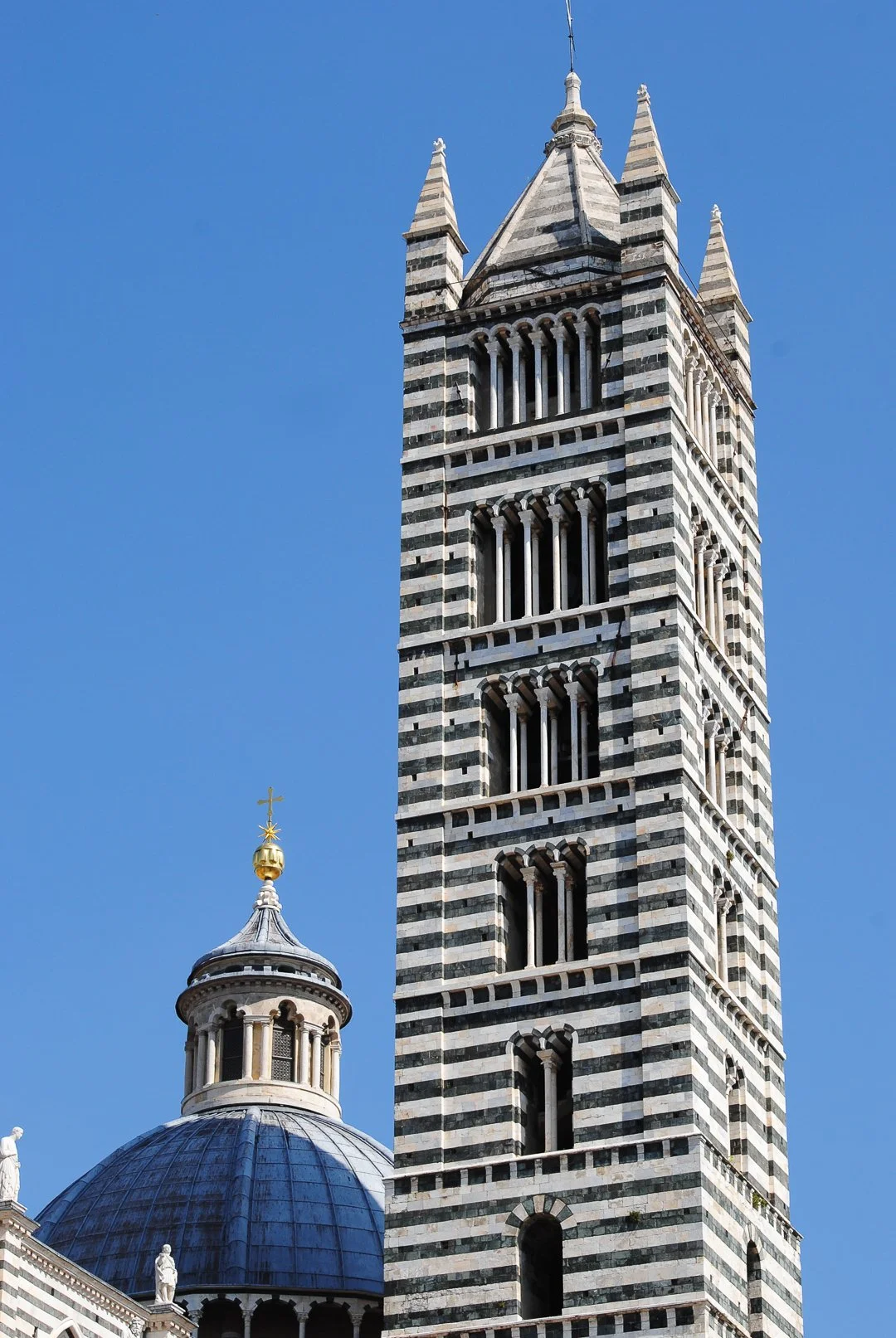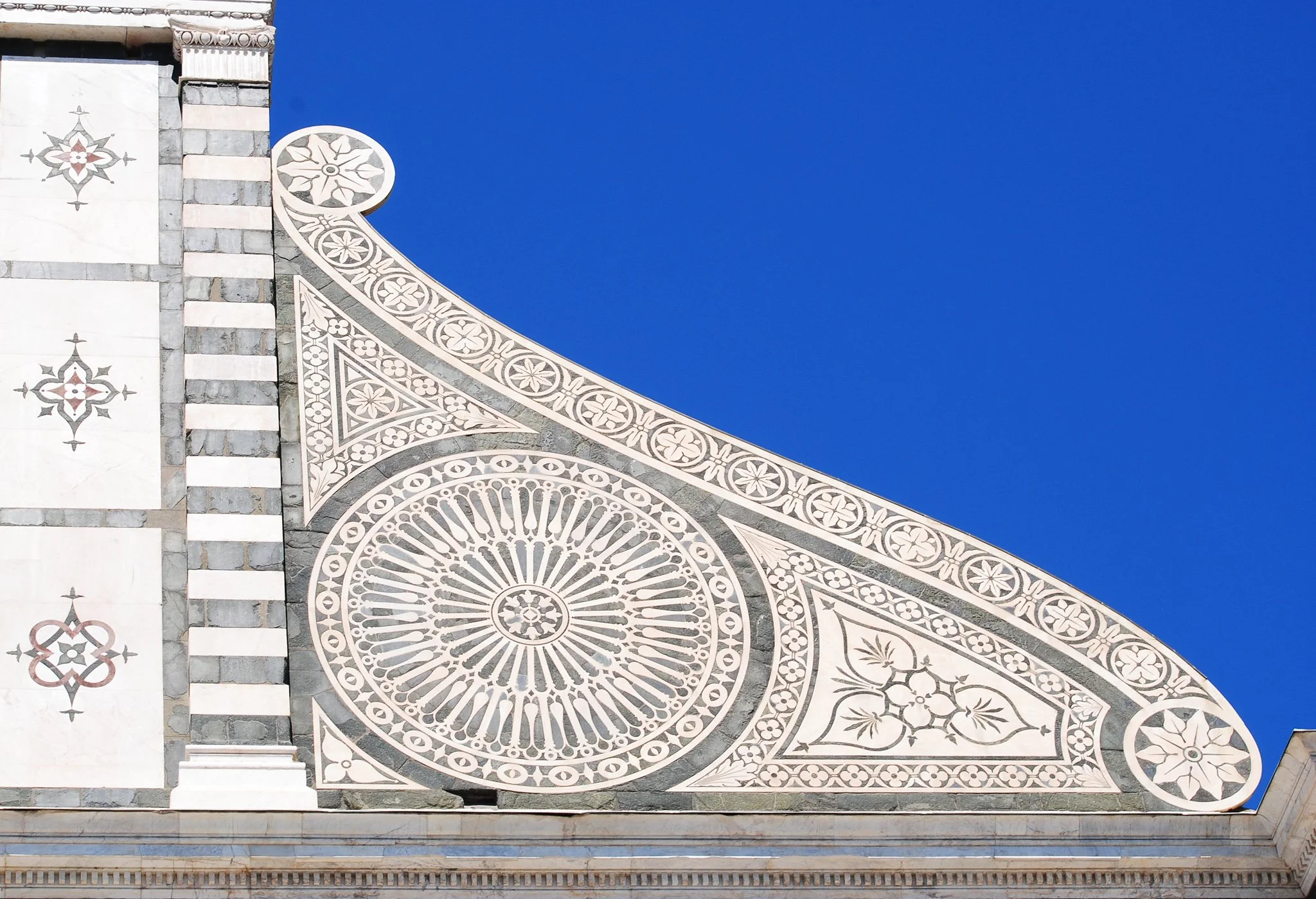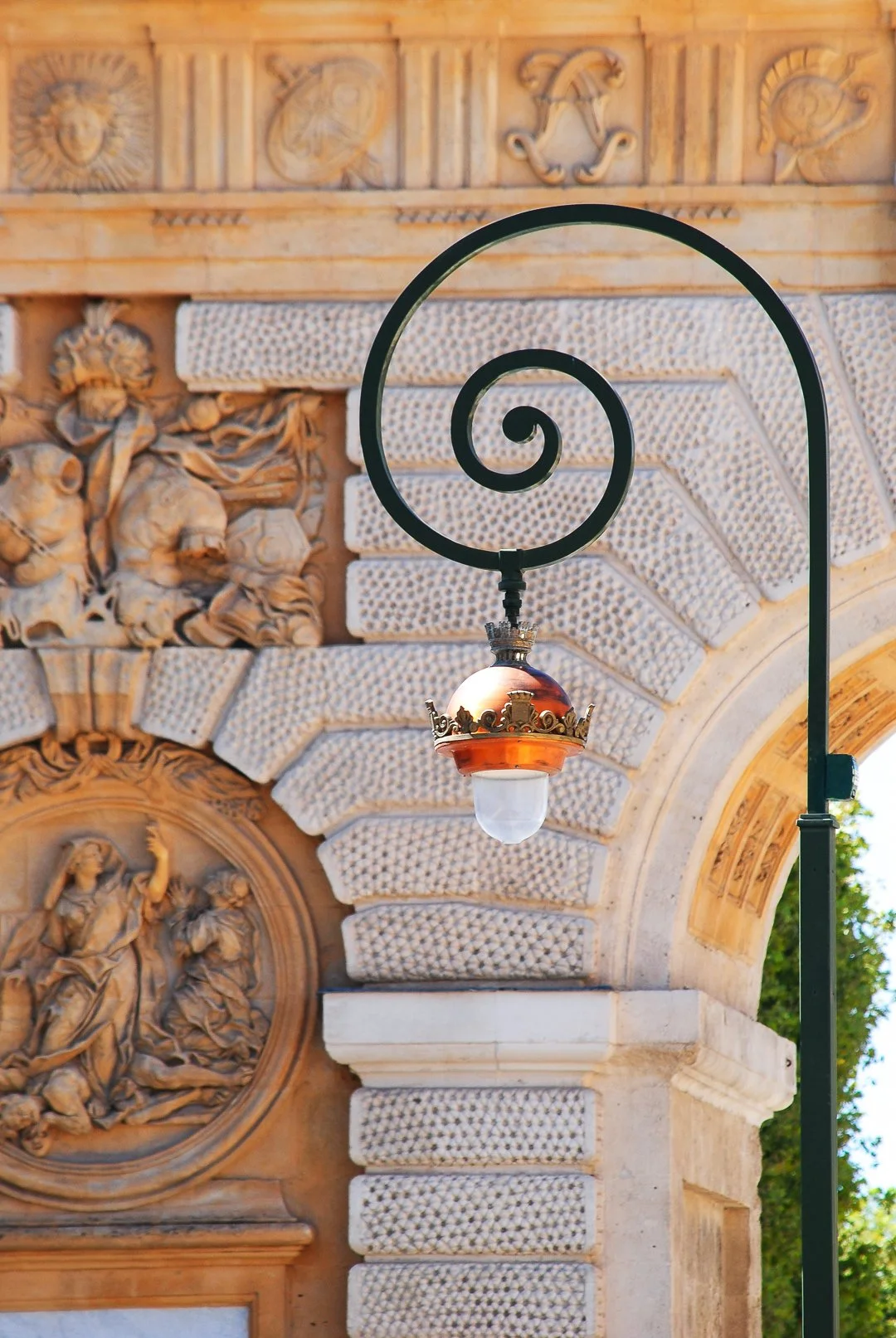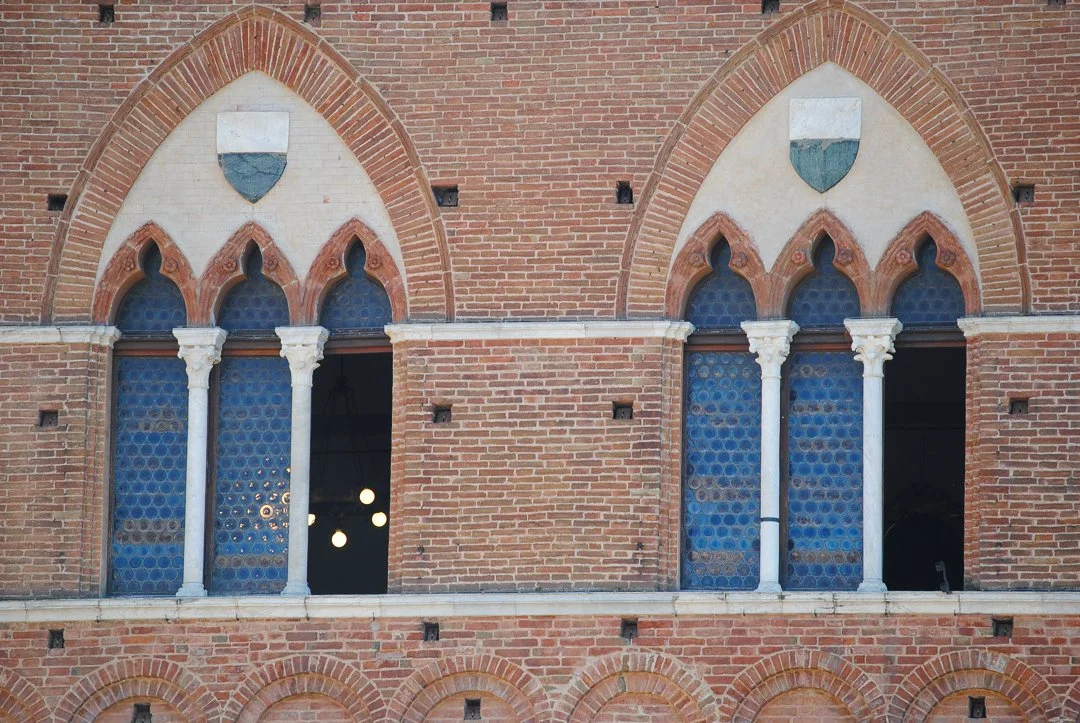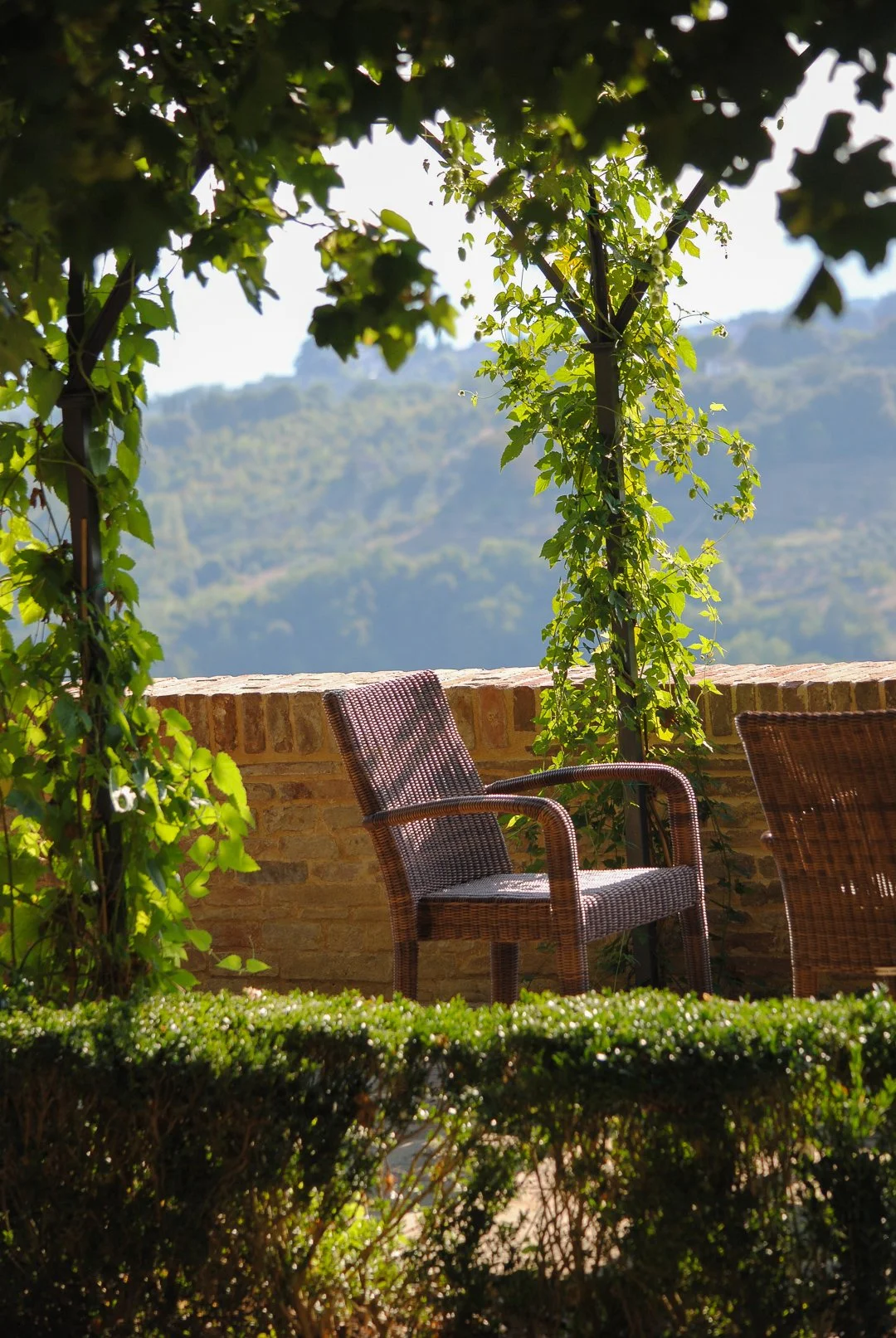Mindful Art and Design
There is a long tradition in architecture that explores how our environment shapes our lived-experience. Photo from a trip to Siena Cathedral, Tuscany, Italy.
This is the first of a three part blog series exploring the connection between art, meditation and health, which I refer to as contemplative art and mindful design.
For many years I taught meditation in more formal contexts, but over the years I have discovered that there is tremendous transformative potential within meditative experiences that connect us to certain types of art and design.
Photo: Detail of Santa Maria Novella, taken on a trip to Florence.
Why use Art as a teaching tool?
There is a long history of art being used to teach and inform through symbolic depictions, colour, and layered stories within images and prose. There has also been been countless changes in artistic style as a response to how people receive and digest content, knowledge, myth and even deep philosophical matters that affect society.
In this series I will go further than just explaining how art can be used as a tool for gaining knowledge; I will provide you with meditative art experiences that can help you move through - and shift - some of the challenges you face in your life. With that in mind, I will draw upon examples of historical and modern art-work, architecture and creative prose that can help you connect to your own personal potential, as well as use certain images as tools for meditation.
Photo taken from a visit to Toulouse, France.
Contemplative art and design is fundamentally a journey of self-discovery and transformation.
One of the key aspects to understanding how art, meditation and health intersect is by first considering how our internal world (our sense of self - physically, emotionally and psychologically) is fundamentally connected to our external world - our home, environment, social world and even beyond), and vice versa (lots more on this in the next blog).
A beautiful example of mindful design is the spiral, which is a symbol of the unfolding cycle of birth, death and regeneration; it also represents inter-connection. Lamp, photo taken in Montpellier, France.
A simple example of how our inner and outer worlds inter-connect is our breath. When we inhale and exhale there is no beginning - or end point from which we can identify the start of the breathing cycle. It is a constant ebb and flow - a journey that includes a deeply personal internal process, as well as an experience that continually connects us to our outer environment (when we take in oxygen etc.,).
Keeping with the breath example - we know that the quality of the air we breath profoundly affects our health (pollutants, or clean healthy air), but equally important are our emotions - for instance, stress can trigger different breathing patterns to when we are relaxed, or in love.
So, once again we begin to understand that our health is affected by processes that are both internal and external, often working in tandem.
Photo: detail taken of Palazzo Pubblico, Siena, Tuscany, Italy.
The Veil of Separation
Creative processes have the potential to guide us through what I call the ‘veil of separation’. I think most of us would agree that we have a tendency to perceive our external life - people, nature - etc., as separate from ourselves… But are they really? Is it possible to begin to regard life more like a web of interconnected lived-experiences?
This blog series takes you on a journey through the ‘veil of separation’, by using contemplative art, design and meditation.
We will explore inspirational images, symbols, poems, audios and visualisations. I will also encourage engagement with our natural environment because nature is full of natural design and geometry, as well as many other positive features that have been scientifically proven to change our brain activity. For instance, according to research compiled by Florence William, within five minutes of being in nature your body and brain start to change. Williams states that the smell of pine trees can strengthen your immune system and that birdsong increases alpha brain waves, thus stimulating feelings of calmness, as well as improving productivity, creativity and mood.
A really important part of the contemplative art experience is that it enables us to pause for a few moments within holistic processes that elicit a sense of peace and awe. It is during these magical moments of deep rest that we release ‘that which no longer serves us’ - thus freeing us from the ties that bind us to our past.
When we pass through the ‘veil of separation’ we discover a deep well of energy and potential that ripples within the very core of our being.
So, I hope you will join me on this journey of discovery. Thank you for reading, and please let me know your thoughts.

